What Strategy Makes Sense Today?
In the uncertain market, we believe higher quality stabilized assets in better locations offer better risk-adjusted returns than riskier investments. Although value-add opportunities may be negatively affected, it's wise to focus on long-term strategies and seek unique situations to profit from short-term opportunities. Stay cautious and realistic about near-term assumptions as the effects of the Coronavirus recession continue to unfold.

The market today is quite uncertain, which is the definition of risk – more outcomes can happen than will happen. Starting in March, many investors put a pause on entertaining new opportunities, the idea being that it was better to wait and see things play out than to jump into opportunities at “pre-COVID” prices. Many investors hoped they would be able to buy the same deals at a discount later so they didn’t feel compelled to buy right away. For better or for worse, we haven’t seen nearly the level of distress and resulting discounts that many had predicted, yet. Some investors are still holding onto the idea that the worst has yet to come in both the public and private markets. For multifamily specifically, my opinion is that we will not see any widespread price declines of more than 10% over the next three years and there is even a chance prices move higher if interest rates stay at these unprecedentedly low levels.
Even with this relatively optimistic outlook, we and other market participants should be well aware of the risks in the market and be realistic about our near-term assumptions as the effects of the Coronavirus recession continue to play out. While valuations stay high and distress stays low, value-add opportunities are most negatively affected. It is more difficult to justify a value-add business plan that implements unit upgrades in order to compete with newer or higher quality properties. This is especially true of fully stabilized deals which really don’t need any capital expenditures or repositioning yet are being advertised as having big upside.
Conversely, the business plan that is more likely to deliver better risk-adjusted returns is to purchase truly underperforming assets characterized by high vacancy, high expenses, low rents, and deferred maintenance. However, the problem today with these opportunities is that they are almost impossible to buy. The problem is manifold: 1) These opportunities are rare so the ones that are available are bid on competitively. 2) Unstablized deals must be financed with bridge loans which have become extremely expensive due to the recent capital markets dislocations, specifically in the securitization market. 3) There is an added level of risk associated with repositioning an asset in a flat/declining market, especially when factoring in the maturity risk associated with a bridge loan. All of these issues have made opportunistic investments financed with bridge debt uninvestable at typical pricing. These market dynamics are happening while all-in interest rates on permanent financing, specifically from the agencies, are at or near all-time lows, further widening the value gap between stabilized and unstablized deals.
Taking into consideration the aforementioned difficulties, we believe higher quality stabilized assets in better locations will pay off better on a risk-adjusted basis than seeking more risk in pursuit of higher returns. It is extremely difficult to find deals today that can underwrite to high teens returns but even more difficult to find one that has high projected returns and can still pass rigorous stress testing. Instead, the more favorable or “transactable” part of the market is in true class B neighborhoods or better with patient business plans that can still generate attractive (albeit lower) returns over a longer hold period.
Another strategy we still really like is finding opportunities that exhibit the typical characteristics of a bridge loan deal but can be bought subject to an existing loan assumption, with decent leverage and 4+ years of term remaining. These deals are sometimes sold at a discount because the in-place debt has an above-market interest rate and potentially less-than optimal leverage and the interest-only payment period expired. However, lower leverage and amortization can be a good thing as it de-risks the deal and is certainly better than the alternative, an expensive bridge loan. Furthermore, price is permanent but financing is temporary, which means eventually you should be rewarded with a favorable sale or refinance if you are truly able to buy an investment at a discount due to the suboptimal debt that must come with it.
All in all, there really is no easy money to be made in this market and the best approach is to think long-term. We will continue to monitor the market and look out for unique situations where we can potentially profit from short-term opportunities but I don’t believe a market-wide buying opportunity will present itself in multifamily as it did in the post-GFC market.
